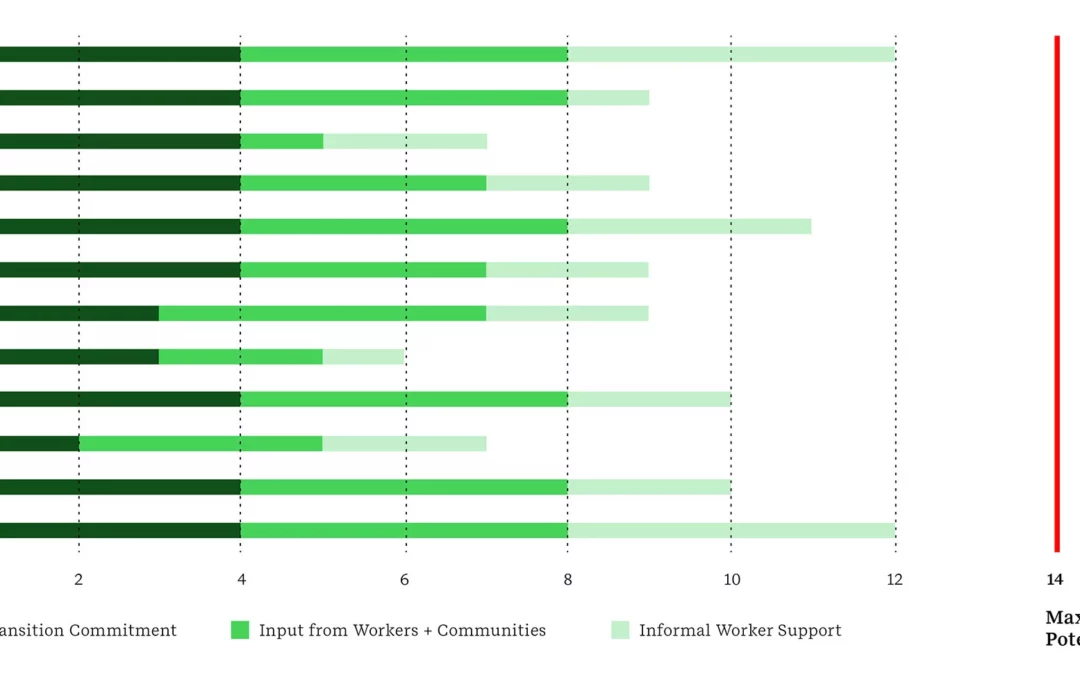
by Komoneed | Jul 27, 2025
The underground fungi networks that help sustain Earth’s ecosystems are in need of urgent conservation action, according to researchers from the Society for the Protection of Underground Networks (SPUN). The scientists found that 90 percent of mycorrhizal fungi biodiversity hotspots were located in unprotected ecosystems, the loss of which could lead to lower carbon emissions […]
The post Earth’s Underground Fungi Networks Need Urgent Protection: Study appeared first on EcoWatch.

by Komoneed | Jul 27, 2025
The new MG IM5 is a proper competitor in the rapidly-growing electric saloon sector

by Komoneed | Jul 25, 2025
This post was originally published on WBCSDIn the shift to a low-carbon economy, Just Transition planning is well on its way in Asia, but a thorough assessment of the impact on the workforce and communities is nascent across companies surveyed Stakeholder engagement...

by Komoneed | Jul 25, 2025
Korean brand acts swiftly to cut prices on all its electric cars, amid confusion over Government’s grant scheme

by Komoneed | Jul 24, 2025
More than one-quarter of United States Forest Service (USFS) firefighting positions are vacant, creating shortages as extreme conditions lead to wildfires across the country, internal data reviewed by The Guardian has revealed. USFS Chief Tom Schultz has repeatedly reassured the public and lawmakers that the agency is prepared for the high amount of wildfire activity […]
The post Firefighter Shortage Across U.S. Poses ‘Dangerous’ Risks as Peak Wildfire Season Ramps Up appeared first on EcoWatch.




